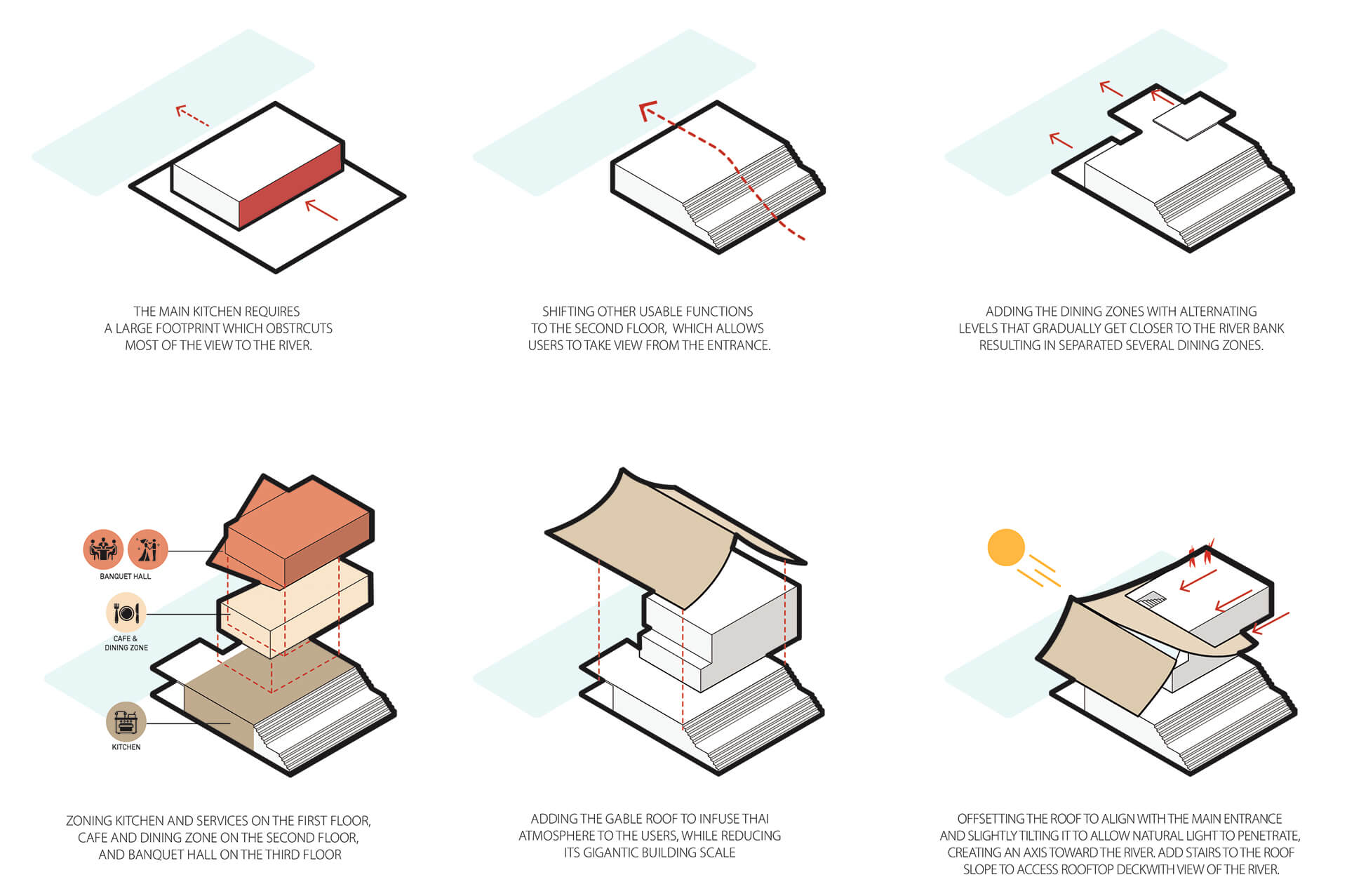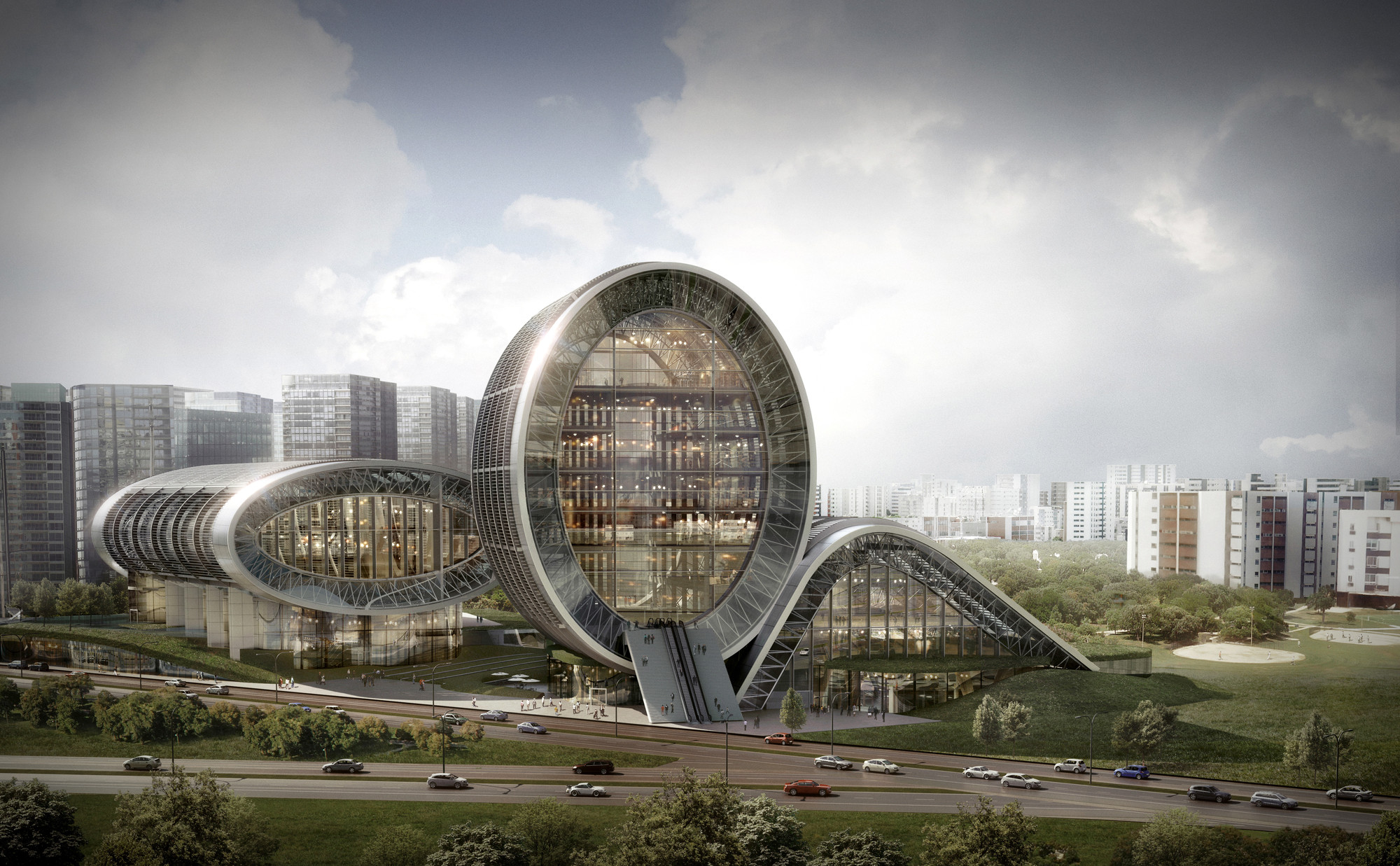- Home
- Articles
- Architectural Portfolio
- Architectral Presentation
- Inspirational Stories
- Architecture News
- Visualization
- BIM Industry
- Facade Design
- Parametric Design
- Career
- Landscape Architecture
- Construction
- Artificial Intelligence
- Sketching
- Design Softwares
- Diagrams
- Writing
- Architectural Tips
- Sustainability
- Courses
- Concept
- Technology
- History & Heritage
- Future of Architecture
- Guides & How-To
- Art & Culture
- Projects
- Interior Design
- Competitions
- Jobs
- Store
- Tools
- More
- Home
- Articles
- Architectural Portfolio
- Architectral Presentation
- Inspirational Stories
- Architecture News
- Visualization
- BIM Industry
- Facade Design
- Parametric Design
- Career
- Landscape Architecture
- Construction
- Artificial Intelligence
- Sketching
- Design Softwares
- Diagrams
- Writing
- Architectural Tips
- Sustainability
- Courses
- Concept
- Technology
- History & Heritage
- Future of Architecture
- Guides & How-To
- Art & Culture
- Projects
- Interior Design
- Competitions
- Jobs
- Store
- Tools
- More
Contemporary Architecture: Form Follows Function

Architecture has always been a reflection of society. From the pyramids of ancient Egypt to the glass and steel skyscrapers of today, buildings tell us much about the values and aspirations of the cultures that created them. In recent decades, contemporary architecture has embraced minimalism, sustainability, and a renewed focus on function.
Less is More: The Rise of Minimalism
After the excess and ornamentation of the Victorian era, early 20th century architects like Ludwig Mies van der Rohe advocated for a minimalist aesthetic with the motto “less is more.” Modernist architects stripped away unnecessary decoration, embracing open floor plans, large windows, and materials like glass, steel, and concrete. This allowed form to follow function in a seamless way.
Buildings like Mies’ Barcelona Pavilion (1929) and his Seagram Building (1958) in New York exemplified this minimalist style. More recent projects like the Oslo Opera House (2008) with its clean lines and geometric shapes show minimalism still thrives today. Architects like architects St George continue to achieve remarkable effects through restraint.
Sustainable and Green Design
With growing awareness of climate change and humanity’s impact on the environment, sustainable architecture has become crucial. Contemporary buildings increasingly utilize natural light, renewable resources like solar energy, and energy-efficient materials during construction.
Green roofs, living walls, rainwater harvesting, passive heating and cooling, and smart automation systems that regulate energy and water use are just some of the innovations making modern buildings greener. Architects today have a responsibility to minimize environmental impact. Projects like the Shanghai Tower (2015), currently China’s most sustainable skyscraper, demonstrate creative eco-friendly engineering.

Flexible Forms for Changing Functions
Buildings today often serve multiple purposes and accommodate different activities. Contemporary architects design flexible structures that can adapt to evolving needs.
For example, the Kansas City Public Library (2006) features an open, fluid layout across multiple floors that can be reconfigured. Spaces morph from formal to informal, public to private. Contemporary buildings come alive through versatility.
Advanced materials like aerogel, electrochromic glass, and nanomaterials offer new possibilities. The Beijing National Stadium (2008), nicknamed the Bird’s Nest, implemented steel that provided both structure and aesthetic effect. New substances enable innovative forms.
The Intersection of Art and Engineering
Some contemporary architects push boundaries through expressive sculptural designs that test the limits of what buildings can be. Architects like Frank Gehry create technically challenging shapes that appear almost fractal or melted.
Projects like his Guggenheim Museum Bilbao (1997) resemble living organisms more than traditional buildings. Dramatic curved forms and fragmented shapes characterize this experimental architecture. Math and art fuse to provide unexpected perspectives.
While some criticize contemporary architecture as overly flashy, skeptics fail to recognize that experimental designs push us forward. The best contemporary architecture balances creativity with meaning, sustainability, and humanity’s needs. Architects today have greater possibilities than ever before to imagine a better built environment.
Looking to the Future
As our world faces increasing population, climate instability, and rapidly evolving technologies, contemporary architecture must continue adapting. What forms and functions our buildings take remains an open question.
Yet if architects stay true to their social responsibility, the principles of community, environmental stewardship, and elevating our collective spirit, the architecture of today and tomorrow will succeed. The potential is limitless if guided by wisdom.
illustrarch is your daily dose of architecture. Leading community designed for all lovers of illustration and #drawing.
Submit your architectural projects
Follow these steps for submission your project. Submission FormLatest Posts
Understanding Site Safety Footwear in Architectural Practice
Architecture is often discussed through drawings, models, and finished buildings, yet a...
General Arrangement Drawings in Architecture: The Backbone of Clear Design Communication
General Arrangement Drawings explained: what they are, when to use them, how...
The Ultimate Guide to Fencing in North Dakota: Choosing the Best Fence for Your Property
Watching a chain link fence twist in 70 mph winds near Minot...
Gaudí: Where Architecture Meets Science
Gaudí: Where Architecture Meets Science shows catenary arches, ruled surfaces, and biomimicry...












Leave a comment